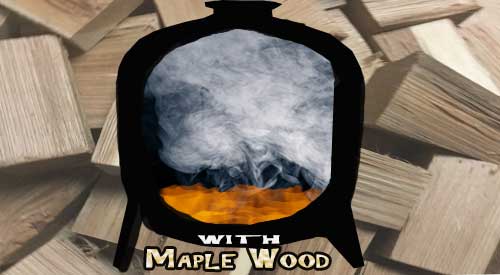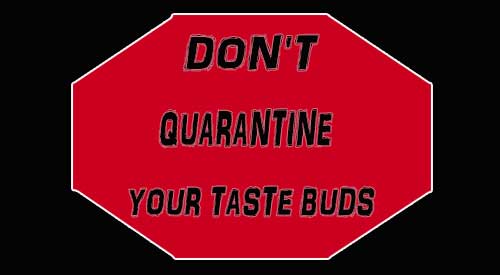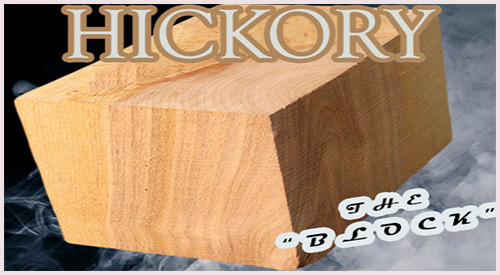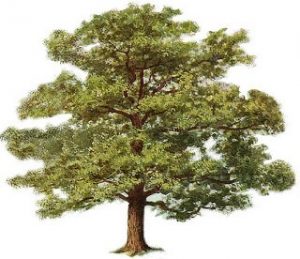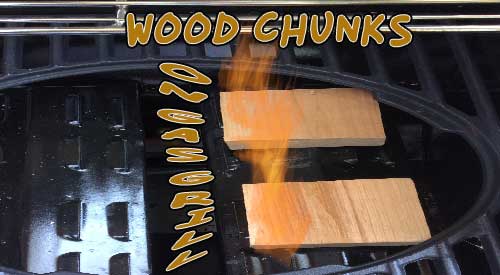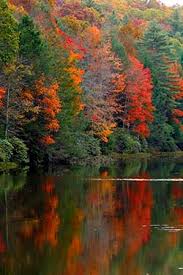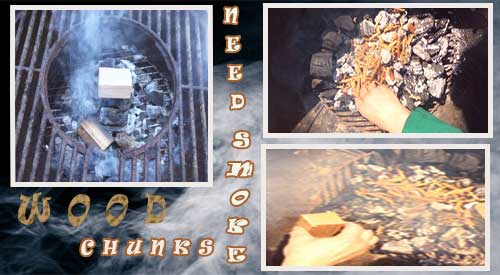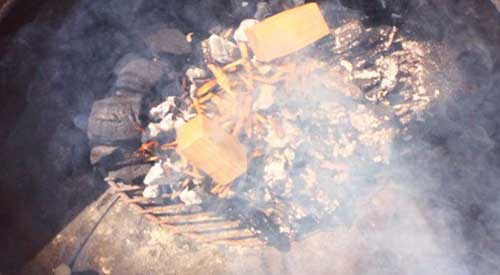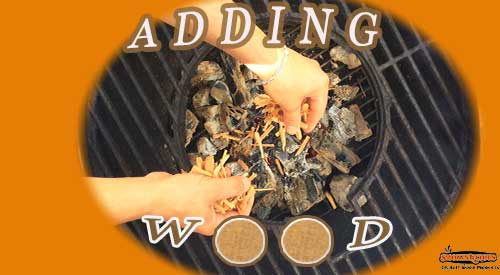Wed 15 Jul 2020
WET OR DRY WOOD FOR SMOKING?
Posted by DrSmokeRead other related stories: Cooking With Wood , Smoking Tips , Wood Questions
No Comments

Wet or dry wood for smoking? Which is the best!
Soak or not to soak my wood prior to smoking? Share on X

This is one of the top questions heard when it comes to cooking with wood. Do you soak the wood chunks or chips before using on the grill or smoker?
I have a definite answer which is do not soak the wood before using in your equipment.
Let us examine why.
Wet or Dry Wood for Smoking?
Water Becomes Steam
Any time water is introduced to a preheated piece of equipment, whether it is an LP/gas grill, electric unit, or charcoal grill, it will affect the temperature of that equipment. For the LP/gas and electric units, this can be seen in the call for more gas or electric energy to keep the temperature at the preset level. For the charcoal unit, the water will reduce the heat of the coals and the fire will need to work harder to regain the energy to sustain the target temperature.
Wet Produces Off Flavor
There is an ideal moisture range for hardwood used for cooking, which includes grilling, smoking, direct coal and ember methods. You will hear the terms “seasoned” and “green”. “Green” wood refers to fresh cut wood which has not had an opportunity to dry out. The risks of using this type of wood is it will burn at variant rates, emit more sap, and has the potential to impart bitter and musty flavors. “Seasoned” woods refer to hardwoods that have dried out naturally. These will provide for more consistent temperature, provide cleaner flavors, and combust with less creosote build-up. Just be aware, you do not want firewood! If you Google seasoned wood, you will read that this is wood left to dry for 9-12 months or more. Do not leave your wood that long as it will not release any essence that produces the flavor.
Mold Potential
The wetter the wood the more potential there is for mold to develop. Mold needs 3 conditions: moist or damp locations to grow, a food source to survive, ideal temperatures usually from 32° to 120°F but love 70-90°F.
It is important that though you will use wood dry on any equipment (unless the equipment manufacturer specifically requests you soak the wood in water) that the wood not be completely dehydrated of all moisture. We recommend that you cook with wood that is approximately 20-25% moisture level. This is the main reason why at SmokinLicious®, we take the moisture reading on every order and provide that information to you. Here is a tip: if you see wood that is packaged in a plastic bag with no air holes, that is completely dry wood and will not provide any flavor or essence of the wood. It merely becomes a heat source
